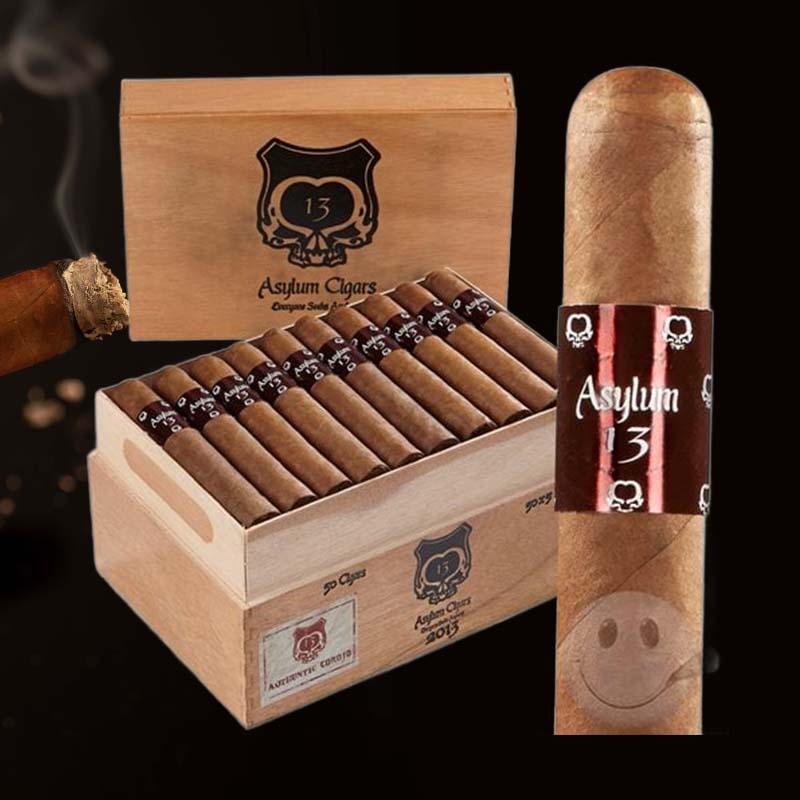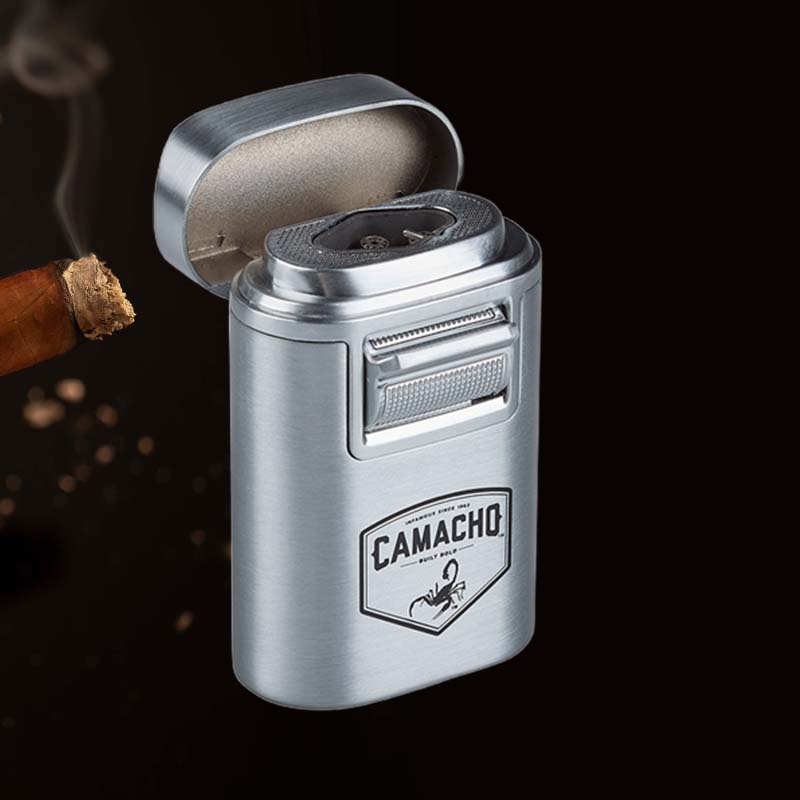How to fix eagle torch lighters
Introduction: Fixing Your Eagle Torch Lighter
Have you ever experienced the frustration of a lighter that simply refuses to spark?
As a cigar aficionado, I’ve faced this dilemma more times than I’d like to admit.
My trusty Eagle torch lighter has accompanied me on countless evenings, enhancing the pleasure of a rich smoke.
So, when it malfunctioned, I almost felt like I’d lost a partner in a ritual I cherish.
But instead of tossing it aside, I decided to embark on a journey to revive it. In this article, I’ll share my insights on how to fix Eagle torch lighters, just like I did.
Overview of Common Issues
Before diving into repairs, it’s essential to know the common issues that plague Eagle torch lighters.
Among these, you’ll often encounter problems such as:
- Weak flame or flickering flame.
- No ignition or failure to spark.
- Hissing sounds during operation.
- Excessive butane consumption.
Step 1: What You’ll Need to Fix Your Lighter
Tools and Materials Needed
To get started on your repair journey, gather the following tools and materials:
- Small Phillips screwdriver.
- Precision flathead screwdriver.
- Compressed air canister.
- Cleaning cloth or paper towel.
- Butane refill canister.
- Safety goggles (optional, for protection).
Step 2: Diagnosing the Problem
Identifying Malfunctions
Before attempting any fixes, it’s crucial to pinpoint the issue.
Check these potential problems systematically:
- Inspect for visible damage to the ignite button or the body.
- Listen for abnormal noises when activated—hissing or sputtering indicates issues.
- Look closely at the flame: Is it present? Is it weak or inconsistent?
Step 3: Opening Your Lighter Up
How to Safely Disassemble the Lighter
Removing the lighter’s casing is crucial, so proceed carefully:
- Ensure the lighter is completely empty of butane.
- Use the Phillips screwdriver to remove the screws, typically located at the base.
- Gently lift the top off, being cautious not to damage any internal components.
Step 4: Adjusting the Spark
Ensuring Optimal Ignition
The spark mechanism may need an adjustment. Here’s how I went about it:
- Locate the ignition mechanism; it’s usually near the flint.
- Check if the flint is worn out—replace it if necessary.
- Adjust the ignition wheel to ensure proper contact with the flint for a brighter spark.
Step 5: Addressing Common Issues
Problems like Weak Flame and Hissing Sounds
Sometimes the lightest misalignment can lead to a weak flame. Here’s what I discovered:
- Weak flame could be from low butane level or a blocked nozzle. Clean the nozzle with compressed air.
- A hissing sound might indicate a gas leak—check the O-rings for wear and replace if needed.
Step 6: Cleaning the Components
Maintaining Optimal Performance
Regular maintenance is key to longevity. Clean these parts:
- Use a cloth to wipe down the exterior.
- Blow out any dust from the internals using a can of compressed air.
- Remove any butane residue around the nozzle for better flame quality.
Step 7: Refilling and Bleeding the Tank
Proper Techniques for Refilling Butane
When refilling your Eagle torch, ensure to do it right:
- Hold the lighter upside down.
- Press the refill valve firmly using the butane canister.
- After filling, bleed the lighter to expel trapped air—press the ignition button to release any remaining gas.
Step 8: Putting It Back Together
Reassembling Your Lighter
Once you finish fixing and cleaning, it’s time to reassemble:
- Correctly position all parts after cleaning.
- Secure the casing with screws snugly but avoid overtightening.
Step 9: Testing Your Lighter
How to Check for Proper Functionality
With everything back in place, it’s testing time:
- Activate the lighter after a thorough refill—does it spark?
- Observe the flame behavior: Is it consistent and strong?
Step 10: Preventing Future Issues
Best Practices for Maintenance
To keep your Eagle torch lighter in top shape, follow these suggestions:
- Avoid exposing the lighter to extreme temperatures.
- Regularly clean the nozzle and surrounding areas.
- Refill butane before it runs out to prevent performance dips.
Conclusion: Ensuring Longevity of Your Lighter
Final Tips and Tricks
Reviving my Eagle torch lighter was a rewarding endeavor, proving that even cherished tools deserve a second chance.
With diligence and care, I can ensure that my smoky evenings remain enjoyable and hassle-free.
Embrace these maintenance tips, and your lighter will serve you well for years to come.
FAQ
Why is my torch lighter not working?
If your torch lighter isn’t working, it could be low on butane, blocked, or experiencing a faulty ignition mechanism.
Always start by checking the gas level and cleaning the nozzle before resorting to disassembly.
How do you fix a flame lighter?
Fixing a flame lighter typically involves cleaning the nozzle, adjusting the ignition, and refilling it with butane. It’s essential to identify the specific malfunction first for an efficient fix.
Why is this torch not lighting up?
A torch that won’t light is often due to either an empty tank, a blocked nozzle, or a malfunctioning spark mechanism. Follow a systematic diagnosis for the best results.
Why did my torch lighter stop sparking?
If your torch lighter has stopped sparking, this could be due to worn-out flint or a misalignment in the ignition system. Replace the flint and adjust the ignition mechanism for better performance.
















